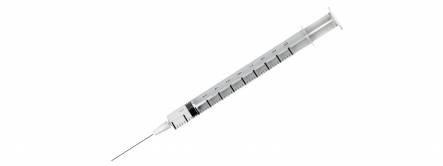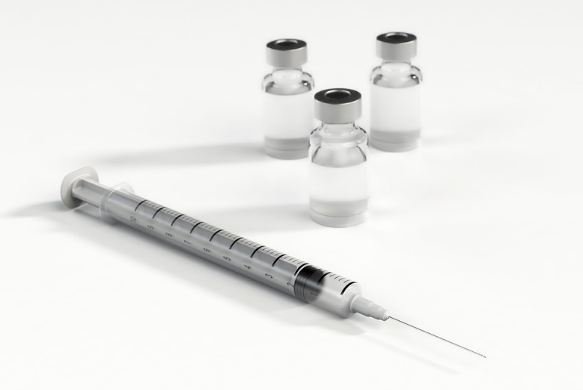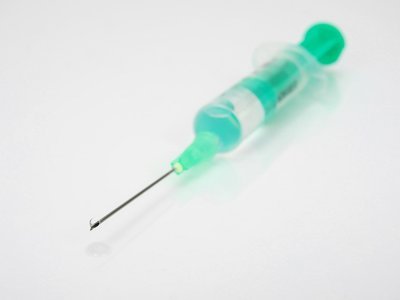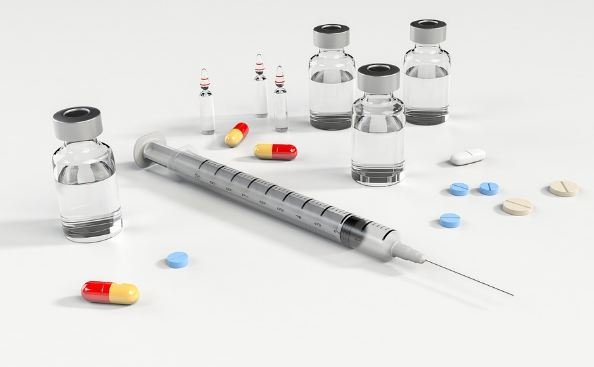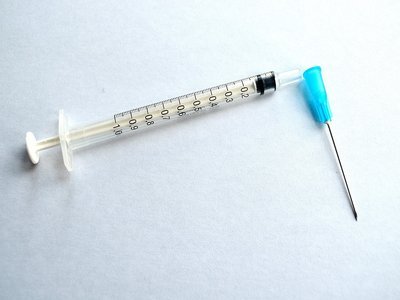Anthrax is a bacterial infection that can result in serious illness or death. The Anthrax Vaccine Adsorbed (AVA) is a vaccine that can help prevent infection caused by the bacterium Bacillus anthracis. The vaccine was first licensed in 1970 and was recommended for use by individuals at an increased risk of coming into contact with the bacteria, such as textile mill workers, veterinarians, and laboratory scientists.
In the 1990s, the Department of Defense began vaccinating U.S. military personnel due to increased concern about the use of biological weapons. The vaccine is not typically available to the general public but can be offered as part of treatment for individuals who have been exposed to the bacteria.
Anthrax can be contracted through contact with infected animals or contaminated animal products, making the vaccine important for those at risk of exposure. [1][2]
Who Should Get Anthrax Vaccine?
The anthrax vaccine is not typically available for the general public; however, certain groups of people who are at increased risk of being exposed to anthrax can receive the vaccine. According to the CDC, the anthrax vaccine is recommended for three groups of adults between 18 and 65 years of age who may come in contact with anthrax because of their job. These groups include certain laboratory workers who work with anthrax, some people who handle animals or animal products (such as veterinarians who handle infected animals), and people who have been exposed to anthrax in certain situations, such as after a bioterrorism attack involving anthrax. Pregnant women who have been exposed to anthrax may also be recommended to receive the vaccine. However, people who have had a serious allergic reaction to a previous dose of the anthrax vaccine or have a severe allergy to any vaccine component should not receive the vaccine. [3][4]
Who Should Not Get Anthrax Vaccine?
According to the US Centers for Disease Control and Prevention (CDC), there are some people who should not receive the anthrax vaccine due to health conditions or allergies. Anyone who has had a life-threatening allergic reaction to a previous dose of the anthrax vaccine or a severe allergy to any vaccine component should not receive another dose. Pregnant women should also only receive the vaccine if absolutely necessary. People with weakened immune systems due to medication or illness, as well as those who have had anthrax disease in the past, should also avoid the vaccine. Additionally, individuals who are moderately or severely ill should wait until they recover before receiving the anthrax vaccine. It is important to consult with a healthcare professional to determine if the vaccine is suitable for a specific situation. [5][6]
Effectiveness of Anthrax Vaccine
The anthrax vaccine is recommended for certain groups of people, including U.S. military personnel, laboratory workers, veterinarians who handle infected animals, and individuals who have been exposed to anthrax in certain situations, such as a bioterrorism attack. The vaccine has been shown to be effective at protecting most people from anthrax, including the most deadly form that can occur when someone breathes in the bacterial spores. However, vaccines cannot prevent all cases and how long the protection lasts is unknown. The vaccine is given in five doses over a period of 18 months with a booster dose each year thereafter for those who continue to be at increased risk of exposure. Mild side effects may occur, such as reactions where the shot was given, muscle aches, or temporary limitation of movement in the arm where the shot was given. [7][8]
Building Up Protection with Anthrax Vaccine
The anthrax vaccine is available for certain individuals who are at risk of exposure to anthrax, such as laboratory workers or veterinarians who handle infected animals. The vaccine is effective at protecting most people from anthrax, but cannot prevent all cases. To build up protection against anthrax, individuals need 5 doses over a period of 18 months, with a booster dose each year thereafter for those that continue to be at risk of exposure. The vaccine is known to have considerable local and general reactogenicity, with serious adverse reactions occurring in about 1% of vaccinations. New second-generation vaccines, such as recombinant live vaccines and recombinant sub-unit vaccines, are currently in research programs. It is important to talk to a healthcare professional about the best course of action for individual situations. [9][10]
Possible Side Effects of Anthrax Vaccine
The anthrax vaccine is an effective way to prevent anthrax infection, but, like all vaccines, it has some possible side effects. Most people have no serious problems with the vaccine, but some may experience pain, redness, tenderness, or limited movement at the injection site. Swollen, painful, or tender lymph nodes in the neck, armpit, or groin may also occur. Rarely, more serious side effects such as large hives, skin blistering, or trembling or shaking of the hands or feet can occur. People who have had a severe allergic reaction to a previous dose of the vaccine or who have a severe allergy to any vaccine component should not get another dose. It is advisable to speak with a healthcare professional about the best course of action when considering the anthrax vaccine. [11][12]

